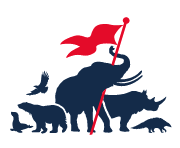Habitat loss
A rapidly expanding human population is destroying animal habitats with catastrophic consequences for the future.
Across the planet, wild animals are losing the battle for territory through rampant habitat loss
Destruction of habitat is one of the greatest threats to the world’s wildlife. As human development encroaches on natural spaces, wildlife is squeezed into smaller and smaller areas, reducing movement and affecting natural migrations, reproduction and behavior. This in turn leads to human-wildlife conflict with devastating consequences for wildlife survival.
Creating and protecting habitats for wildlife is essential for their survival… and ours
Over one million species have been declared at risk of extinction, and habitat loss is a major cause.
Habitat loss devastates human lives too. We cannot live without healthy ecosystems that provide our basic necessities: Clean air, clean water and food. Protecting habitats is vital to saving animals and preserving biodiversity, which in turn sustains all life on Earth.
Our lakes, swamps, forests, plains and other natural habitats are disappearing as we use them for our own consumption, making way for agriculture, housing, roads, pipelines and industrial development. Without a commitment to create and extend protected areas, vital ecological habitats will be gone forever.
Half the world’s original forests have already disappeared, yet they are still being removed at a rate 10 times higher than the rate of regrowth.
Nearly half of humanity lives within 77 miles (60km) of coastal areas. Human dependence on marine coastlines is contributing to the degradation of marine habitats and the destruction of the species that rely on them to survive.
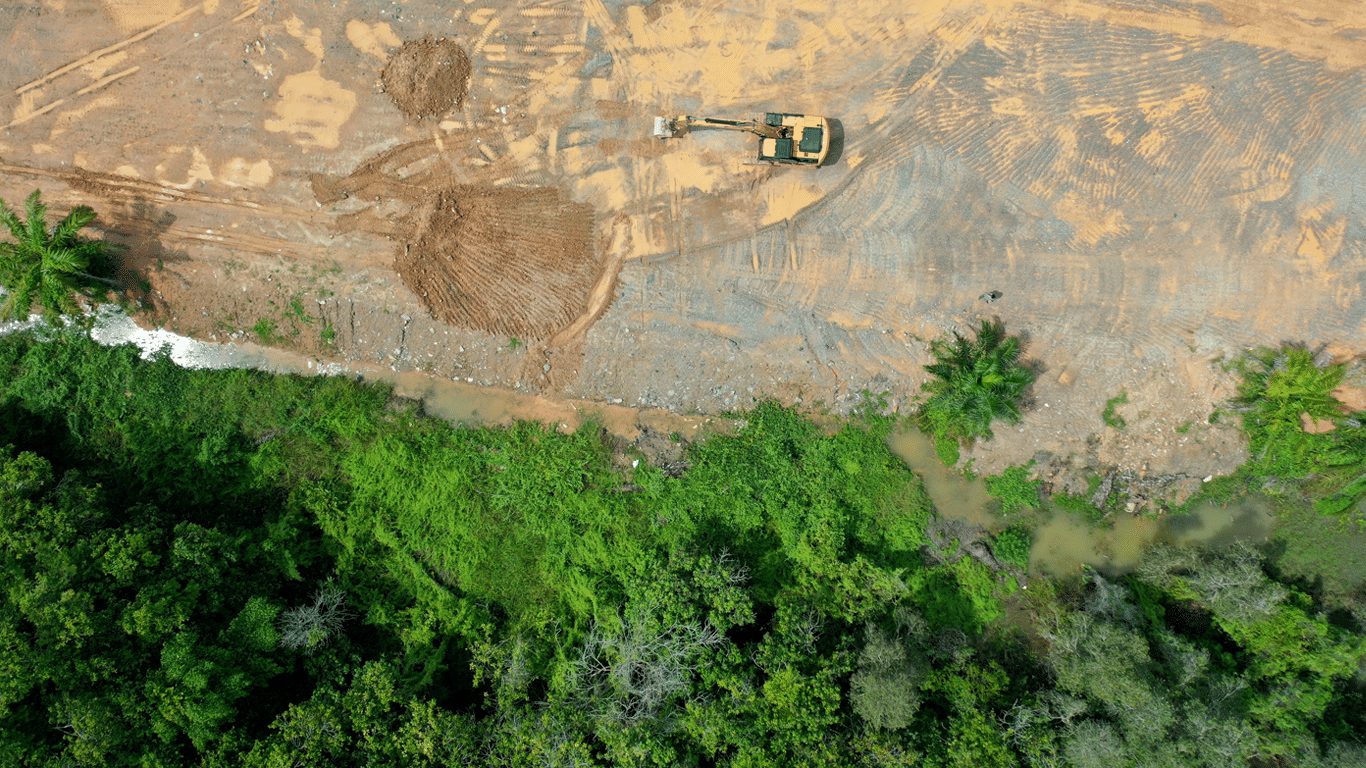
What we do to help preserve and safeguard habitats from destruction
At ASI, we are committed to helping mitigate the effects of habitat destruction and fragmentation.
Emergency wildfires, USA 
In January 2025, wildfires in the Palisades and Eaton areas of Los Angeles caused widespread destruction, burning nearly 60,000 acres (24,000 hectares),destroying neighborhoods, and severely impacting wildlife. Many animals lost their habitats, and the ecosystem is expected to take years, if not decades, to recover.
ASI helped fund rescue and rehabilitation efforts led by our partner, the Wetlands and Wildlife Care Center (WWCC), a registered non-profit dedicated to rescuing, rehabilitating and releasing injured and orphaned native wildlife. This support proved crucial because so many animals were injured.
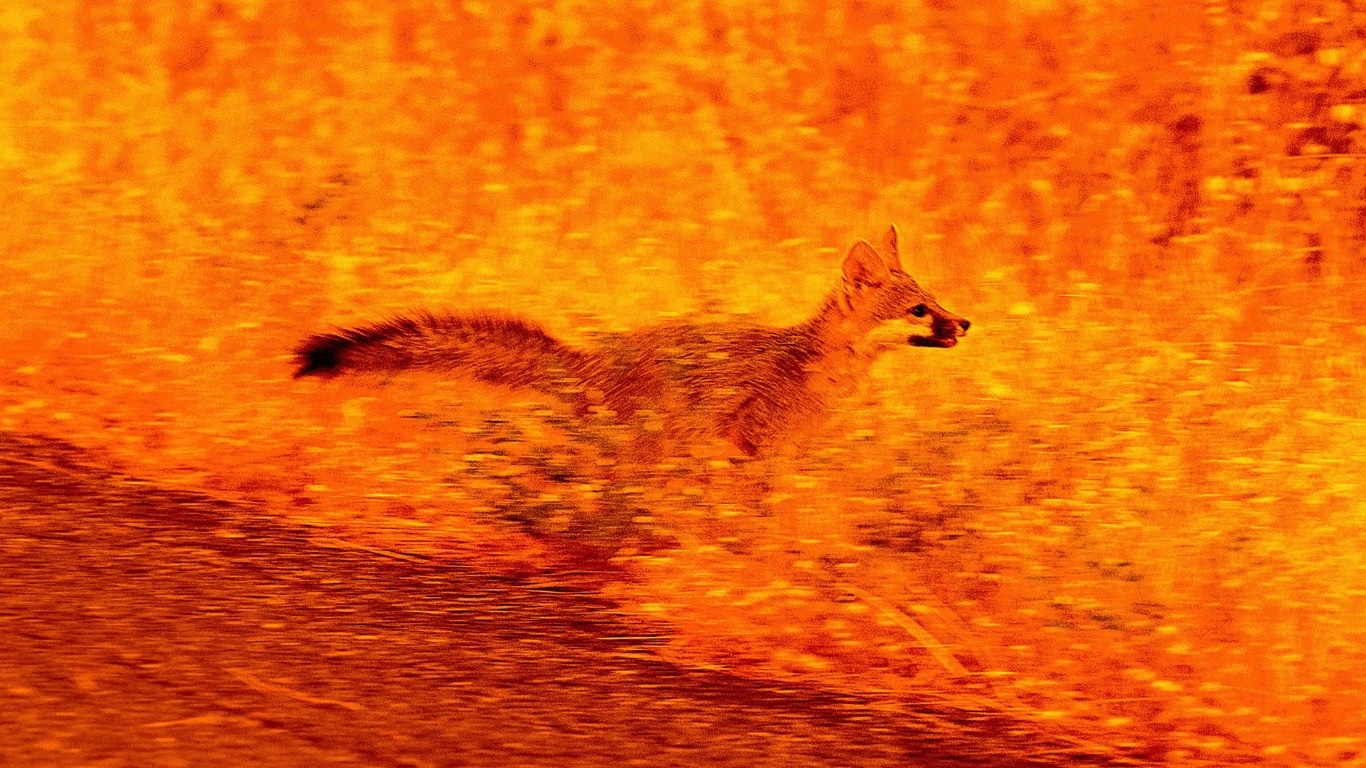
Greece 
The effects of climate change, rampant habitat loss, pesticides and an increasing human population have left hedgehogs in Attica, Greece, with few safe spaces to live. Helpless baby hedgehogs and pregnant mothers are trapped in fences, poisoned by pesticides, and killed by mange. Our partner on the ground, ANIMA, is dedicated to giving these poor creatures the care they need, and thanks to our supporters, we have been able to provide a little extra help for these tiny animals.
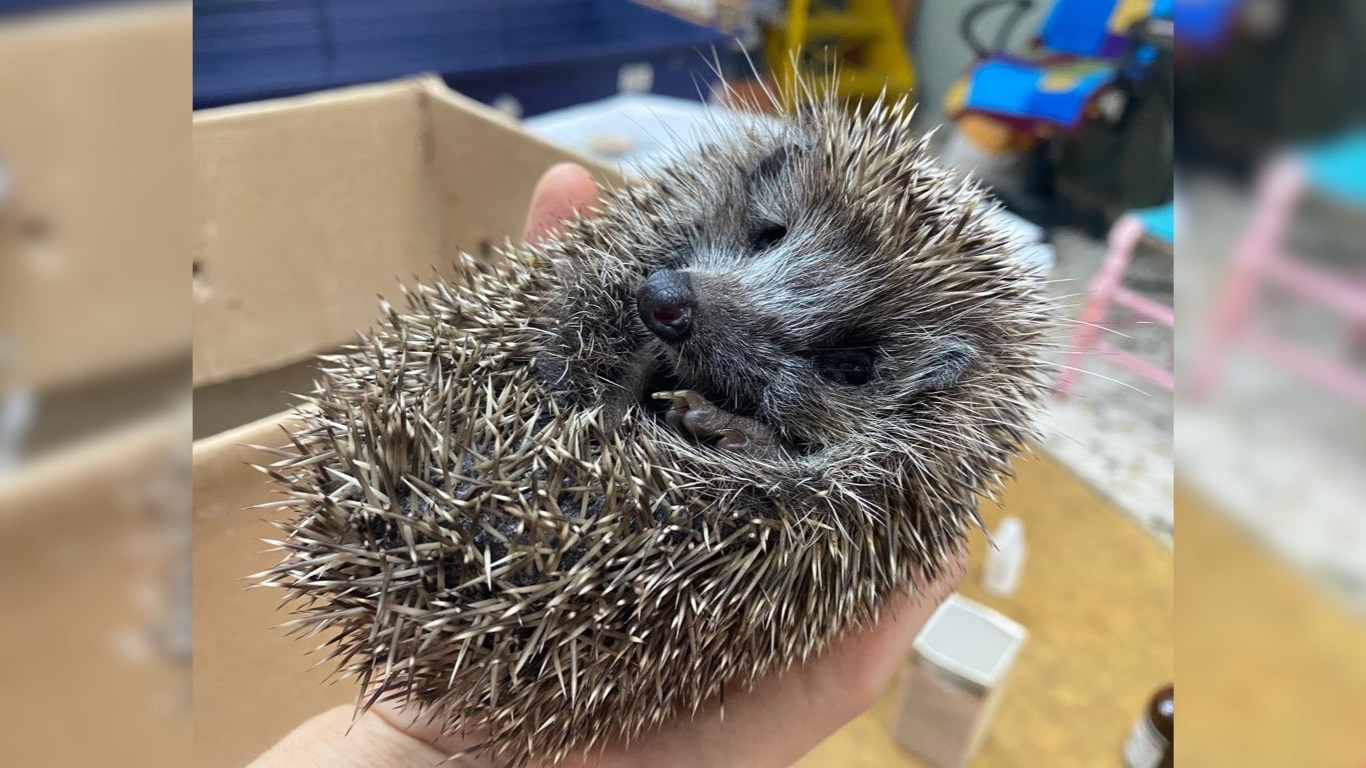
Kenya 
In wildlife areas, farmers illegally chop down forest trees and burn them for charcoal, leaving behind a destroyed habitat and leading to hunger and death for wild animals. The effect on elephants is particularly disturbing. Once the forests are gone, and their food with it, the elephants move closer to human settlements. This results in increased human-wildlife conflict and raises the possibility of poaching for the illegal ivory trade.
An effective long-term solution is “Operation Seedballs,” a reforestation project in partnership with Nairobi’s Tamfeeds. Seedballs are made using modified charcoal dust to create a protective layer around a seed. The seedballs are then dropped from helicopters in deforested areas, mimicking the way seeds are naturally distributed by birds. When the annual rains come, the dust dissolves and the seed has a chance to grow into a tree. This project is a big success, and with your ongoing support, we will continue to seed a better future for countless threatened and endangered animals.

Madagascar 
When a severe flood destroyed our partner sanctuary in Madagascar, displacing 12,000 critically endangered radiated and spider tortoises, we helped immediately. At least 5,000 of the displaced tortoises were juveniles, and their exposure to water had left them at risk of deadly pneumonia.
All of the tortoises had been rescued from the horrific illegal pet trade, which sees them shipped across borders in horrendous conditions. Those who are subjected to these long journeys often end up with severe injuries, broken shells and other life-threatening conditions – if they survive at all.
Through our supporters’ help, we were able to rush funds to our partner, Turtle Survival Alliance (TSA), to cover the cost of relocating the tortoises several hours away to their surviving shelter in Marovato.

Seychelles 
In the Seychelles, hunters string nets and hooks in trees to catch fragile flying foxes – fruit bats weighing no more than 1,4 to 2,4lb (0,65 to 1,1kg). They then butcher them and use them in a stomach-churning island ‘delicacy’ – bat curry. Our partner, Protect Seychelles Paradise (PPS), rescues bats caught in nets, as well as infants who fall from their ensnared mothers’ bodies to the ground. Powerline collisions, disorientation due to street lights, and an expanding human population which consumes the flying foxes’ fruit supply are some of the many other threats threatening the species on this seemingly idyllic island.
One of PPS’ greatest challenges is identifying injuries without an X-ray machine – without this vital piece of equipment, the team is unable to identify possible fractures and treat them appropriately. X-ray machines are exorbitantly expensive, but with our donors’ support, we are slowly raising the funds PPS needs to purchase this crucial, life-saving tool.
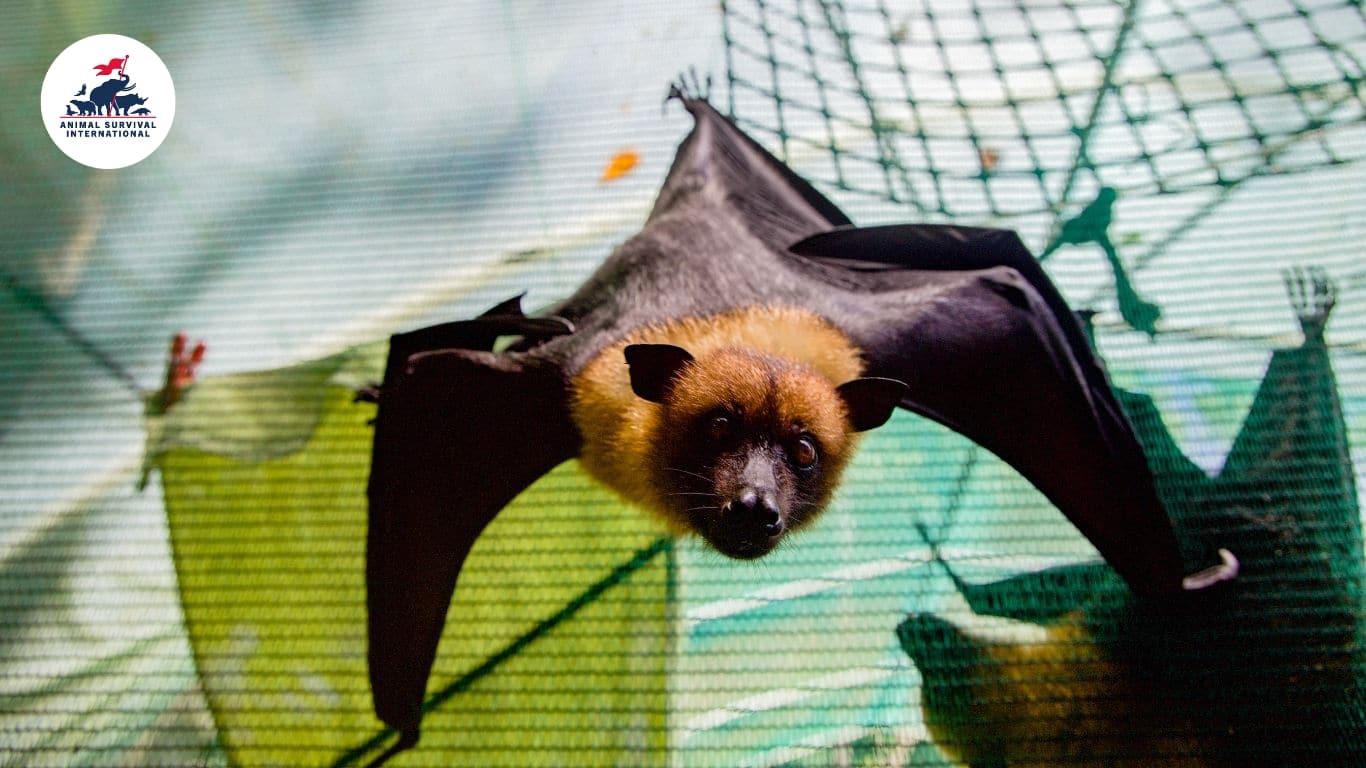
South Africa 
Since 2021, we have conducted several large and small-scale wildlife relocations.
In the Eastern Cape, we relocated giraffes, zebras and 50 wildebeest when their sanctuary was turned into a commercial farming concern. Trophy hunters had been given permission to kill them – so with our supporters’ help, we stepped in and saved their lives. The large-scale translocation was a success, and saw the animals transferred to a lush, sprawling nature reserve in the Western Cape.
Also in the Eastern Cape, we relocated a giraffe calf born on a completely unsuitable piece of land taken over by farmers, and have funded vital tracking collars for cheetahs in the same region, helping to protect them in the face of rising human threats.
We continue to work to find suitable habitats for wild animals being edged out by rampant population and industrial expansion.

Addo Elephant National Park (AENP), South Africa
In May 2025, ASI inspected the latest elephant relocation project of our long-term partner, Addo Elephant National Park in South Africa’s Eastern Cape. The park sought to relocate 40 animals to a new section of the reserve – an area where elephants have not roamed in more than 100 years, after being wiped out by hunting.
Thanks to a generous donation from our partner, the Brady Hunter Foundation, five elephant matriarchs being relocated to the new section were fitted with state-of-the-art AI collars. These collars are crucial in protecting elephants from threats like poaching, and deliver critical, real-time information about the animals’ health and location, instantly alerting response teams to threats on the ground.
Five magnificent elephants are now collared and safe, and can be carefully monitored in their new home section.
This is a critical milestone for the ongoing conservation of elephants at Addo, and together with supporters like you, we can continue to protect more of South Africa’s precious wildlife.
Together, we are ensuring that we will continue to see these magnificent elephants roaming free in the wild where they belong for generations to come.
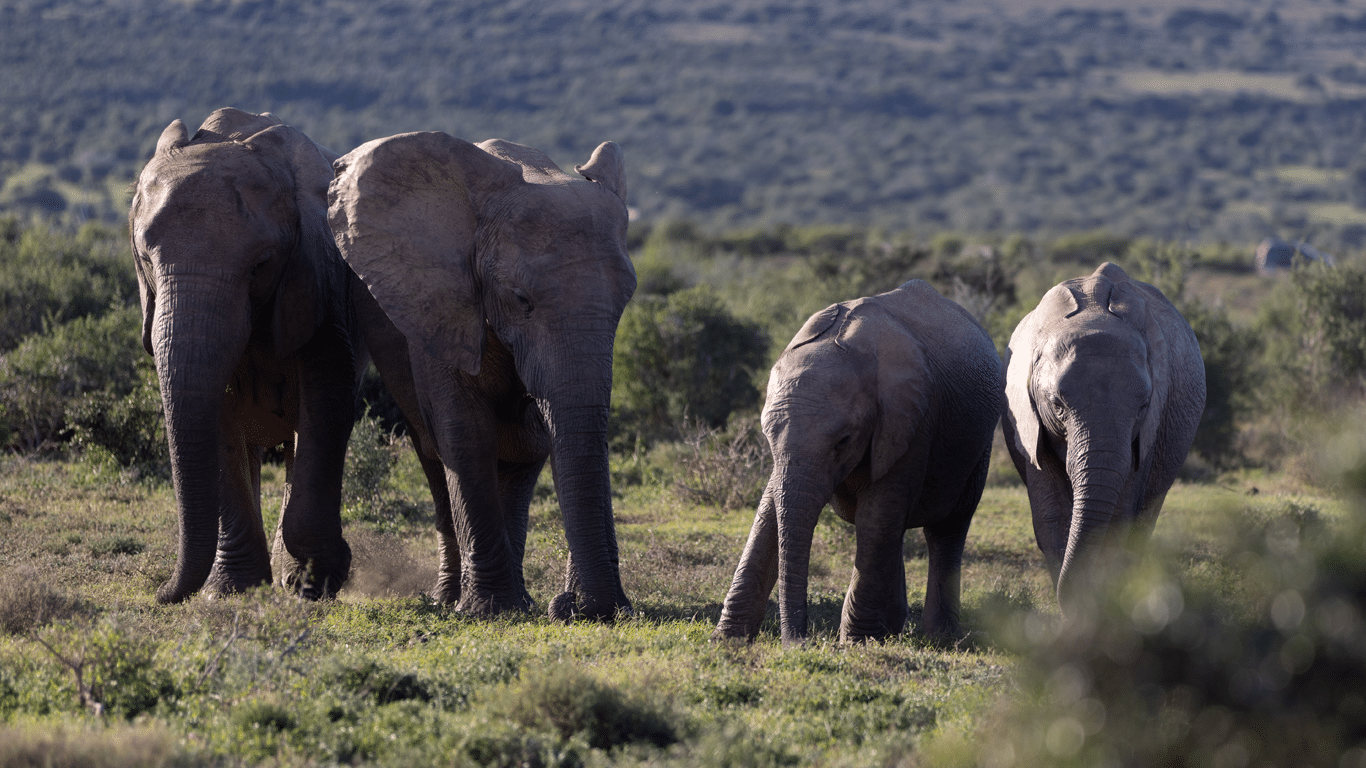
South Africa, Friends of Free Wildlife, Gauteng
During the height of summer in South Africa, temperatures soar and rampant wildfires break out. This is a tragedy for countless wild animals orphaned by the fires, who are left alone, often injured and starving.
Our partner, Friends of Free Wildlife (FFW), takes in orphaned, injured animals, giving them the care they need to recover and one day be returned to the wild. But with so many animals in need – FFW took in 463 in January 2025 alone – our partner is struggling to cope with the rising costs of food and medical care. To ease their financial pressure, ASI contributed towards the cost of food and medical treatment for hundreds of baby wild animals.
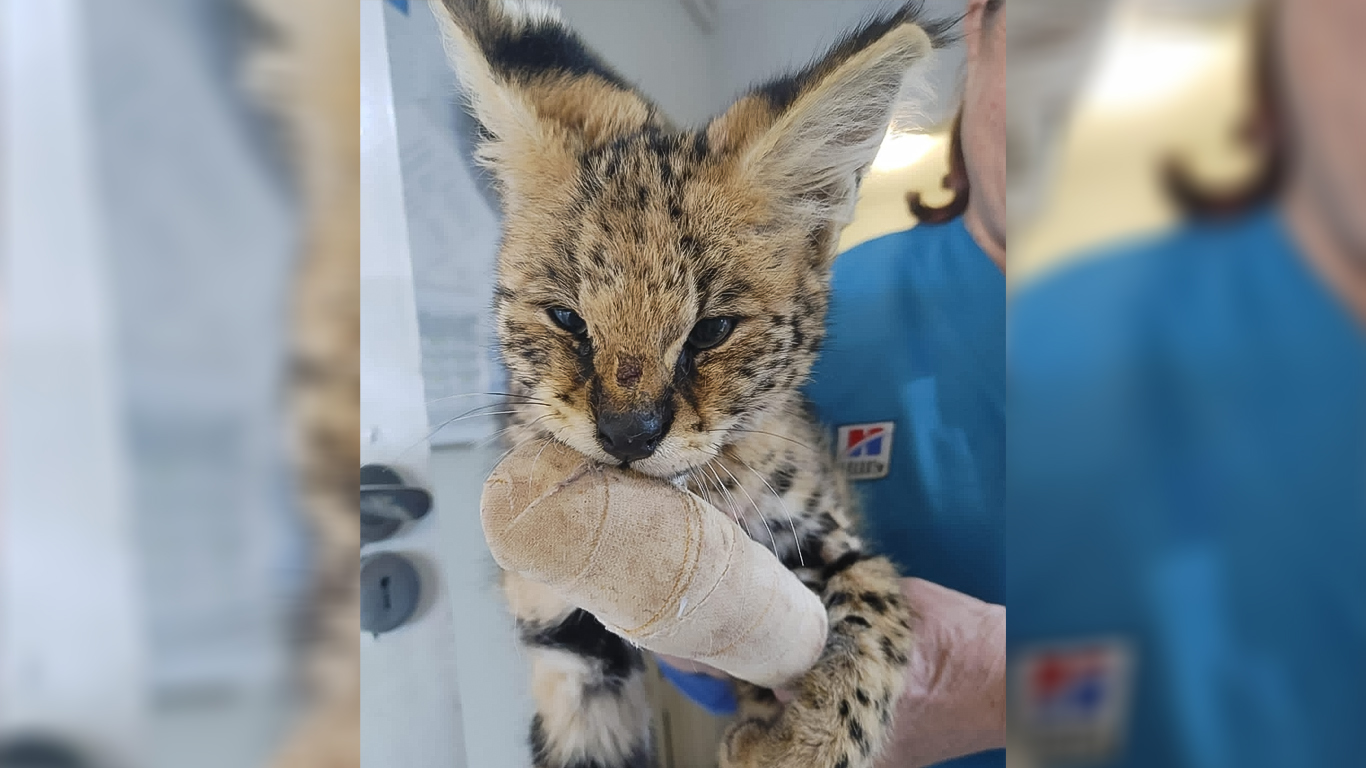
Bambelela Wildlife Sanctuary, Bela Bela
Bambelela Wildlife Sanctuary rescues and rehabilitates a variety of indigenous wild animals, such as zebras, monkeys, giraffes, warthogs and antelope, in Bela Bela, South Africa.
ASI provided emergency funding for Bambelela to supplement its food supplies while its land recovered from the effects of a fire. With our donation, Bambela purchased over two tons of feed for its 300 residents. We also helped Bambelela fund essential repairs and replacements of lost or damaged facilities after the fire.

Hoedspruit Elephant Rehabilitation and Development (HERD)
Hoedspruit Elephant Rehabilitation and Development (HERD) is an elephant orphanage that provides critical care to rescued elephant calves orphaned through poaching and snaring in South Africa. Once rehabilitated, the calves are reintegrated into HERD’s Jabulani Herd, a group of 16 elephants rescued from South Africa and Zimbabwe who live at the Kapama Private Game Reserve.
Over the past year, Limpopo grappled with semi-drought conditions, causing many of the waterholes that the herd relies on for their daily drinking and wallowing to run dry. In January 2025, we helped fund the drilling of a borehole and the installation of a solar-powered pump at a vital waterhole near the sanctuary, bringing a steady supply of water for the elephants and sustaining them through the dry season and well into the future.
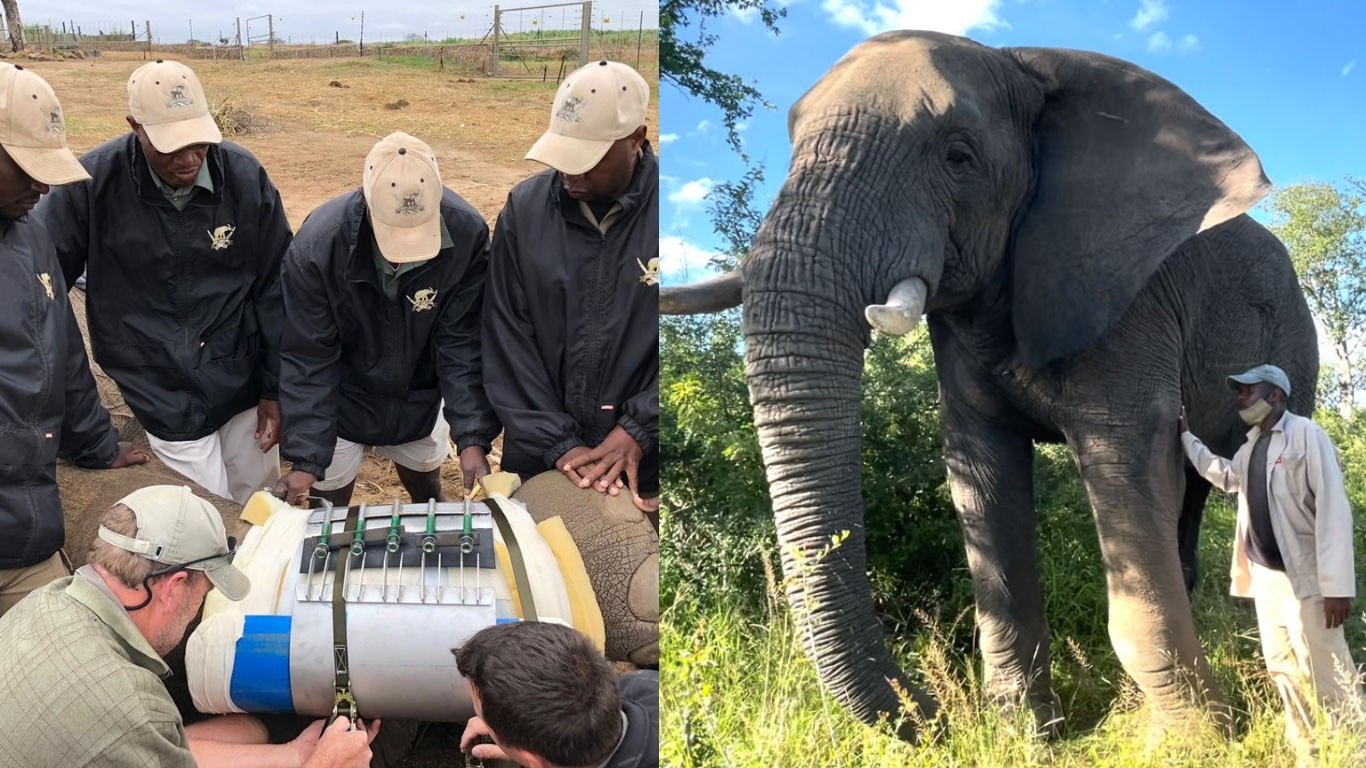
Globally 
Over and above our efforts on the ground, we work to defend and expand existing habitats to help wildlife populations. Through sound information, fundraising and networking, we raise awareness about habitat destruction around the world so that we can instill change before it’s too late.
Changing the way we live on the planet is the only way we can stop destroying natural habitats and start preserving wildlife.
This means putting pressure on the authorities to pass and enforce environmental legislation; reclaiming habitat areas and returning them to the wild so that biodiversity can thrive; safeguarding the existing wild areas; and making conscious choices about what we eat and consume.
